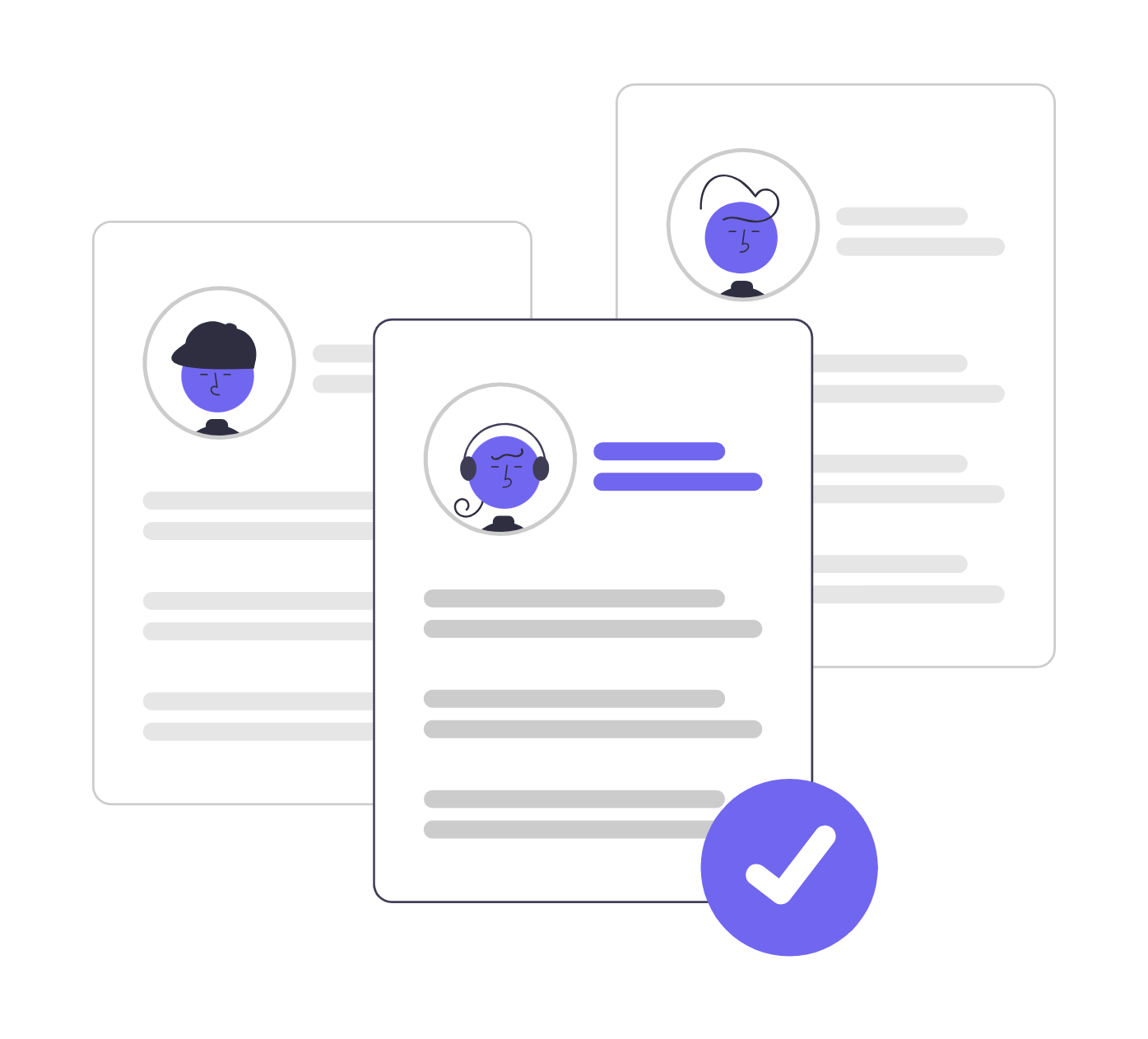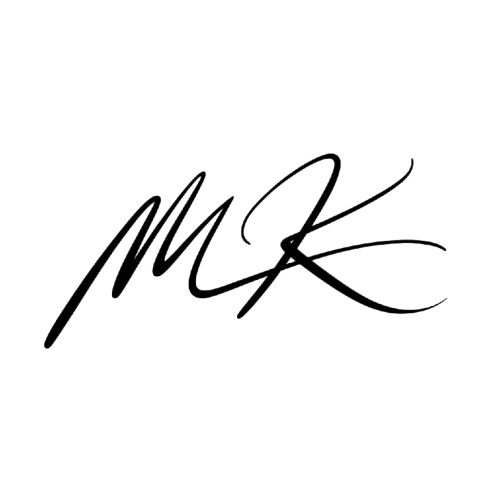Share
In today’s hiring environment, building a high-performing team takes more than a flashy job post or a few employee photos on LinkedIn. Candidates are savvier than ever, and companies are competing not just on salary—but on reputation, trust, and experience.
That’s where employer branding and recruitment marketing come in. Both are crucial, both are different—and too many teams either confuse them or treat them like interchangeable tactics.
Here’s what that mistake costs you—and how to fix it.
Employer Branding vs. Recruitment Marketing: What’s the Difference?
Let’s get the basics out of the way.
Employer Branding | Recruitment Marketing | |
Purpose | Build long-term perception and trust | Drive immediate interest in open roles |
Focus | Reputation, values, culture | Campaigns, job promotion, lead generation |
Audience | Current & future employees, public | Active and passive candidates |
Timeline | Ongoing, always-on | Short-term, role-specific |
Team Involved | HR + Marketing + Leadership | Recruiters + Marketers |
Core Output | EVP, social proof, culture content | Job ads, career pages, targeted content |
They often work together—and should—but they’re not the same. Confusing them leads to wasted effort, inconsistent messaging, and hiring strategies that fall flat.
Why Employer Branding Is a Long-Term Investment in Trust
Employer branding is how people feel about your company as a place to work. It’s not just what you say—it’s what others say about you, even when you’re not in the room.
What makes up your employer brand?
- Your EVP (Employer Value Proposition): What do you offer employees beyond salary?
- Company values & culture: How does your team actually work, communicate, and grow?
- Reputation in the market: Glassdoor reviews, LinkedIn presence, word-of-mouth.
- Internal employee experience: What it feels like to work there—and how that’s shared externally.
It’s not built overnight. A strong employer brand is the result of consistent action: sharing authentic stories, highlighting team wins, showcasing career growth, and building a workplace people want to talk about.
Examples of employer branding tactics:
- Employee-led LinkedIn takeovers
- “Meet the team” spotlight videos
- Podcasts or blog posts from leadership
- Slack-integrated kudos programs
- Visible culture campaigns (e.g., internal contests, employee side-hustle showcases)
“Employer branding is how you want people to talk about you when you’re not in the room.”
— Timothy Schepis, Global Employer Brand Director at Coupang.
Recruitment Marketing: The Campaign Engine That Drives Applications
Where employer branding is about identity, recruitment marketing is about action.
Recruitment marketing is the set of campaigns, content, and tactics used to attract candidates for specific roles. It’s short-term, tactical, and results-driven. You’re not trying to build an abstract impression—you’re trying to fill a role now.
Strong recruitment marketing includes:
- Targeted social ads that speak directly to candidate pain points
- Personalized job landing pages or career site experiences
- “A day in the life” video clips or reels
- Interactive campaigns like quizzes, polls, or live Q&As
- Timed pushes around key awareness events (e.g., Nurse Appreciation Week)
It’s about converting interest into applications—especially in competitive or high-turnover industries like healthcare, tech, or retail.
“Recruitment marketing is how you can fill a seat today.”
— Timothy Schepis
Quickly identify your most promising candidates. WorkScreen automatically evaluates, scores, and ranks applicants on a performance-based leaderboard—making it easy to spot top talent, save time, and make smarter, data-driven hiring decisions.

Common Mistakes Companies Make (and Why It Hurts Them)
- Treating them as interchangeable.
You can’t swap employer branding in for job ads, or vice versa. They serve different purposes. One builds your reputation, the other activates it. - Letting HR own employer branding alone.
Employer branding started in marketing, not HR—and still needs storytelling, visuals, copy, and campaigns to bring it to life. - Underinvesting in one side of the equation.
If your recruitment marketing is strong but your brand is weak, you’ll drive traffic to a career site no one trusts. If your brand is strong but you don’t promote roles, no one applies. - Siloed teams and misaligned messaging.
Recruiters say one thing, marketers say another. Candidates get mixed signals—and walk away confused.
Workscreen Eliminates low-effort applicants—including those who use AI Tools to apply, copy-paste answers, or rely on "one-click apply." This way, you focus only on genuine, committed, and high-quality candidates—helping you avoid costly hiring mistakes.

Making Employer Branding and Recruitment Marketing Work Together
This isn’t a question of “either/or”—you need both. Here’s how to build a system that makes them reinforce each other:
Align messaging across both:
- Your EVP should show up in job ads and social posts.
- Visuals and tone should be consistent across careers page, social, and interviews.
- Recruiters should know the brand story—and marketers should understand hiring pain points.
🤝 Foster collaboration:
- Regular syncs between recruiters, HR, and marketing.
- Share campaign results, candidate feedback, and Glassdoor reviews openly.
- Involve hiring managers in content creation (video, quotes, testimonials).
🎯 Build shared campaigns:
- Run branded hiring pushes: “Join our Engineering Team” or “Inside Customer Support.”
- Use employee-generated content across both brand and job ads.
- Tie recruiting pushes to brand moments (e.g., anniversaries, awards, values week).
Easily administer one-click skill tests with Workscreen-This way you can assess candidates based on real-world ability—not just credentials like résumés and past experience. This helps you hire more confidently and holistically.

What to Track: Smart Metrics for Each Side
📊 Employer Branding Metrics:
- Brand lift
- Social media engagement
- View-through rate
- Employee sentiment (internal surveys)
📈 Recruitment Marketing Metrics:
- Impressions & clicks
- Time-to-hire
- Application conversion rates
- Cost per hire
Tracking both gives you the full picture: how people perceive you and how effectively you convert that perception into real hires.
“If you don’t track both brand and performance, you’re only seeing half the hiring picture.”
Final Thoughts: Don’t Choose—Balance
If you’re only investing in one of these strategies, you’re limiting your talent pipeline. Employer branding lays the foundation of trust, relevance, and emotional resonance. Recruitment marketing turns that trust into action.
It’s not a branding vs. marketing battle—it’s a partnership. When they work in harmony, you attract better candidates, hire faster, and build stronger teams.
FAQ
A: Absolutely. Even with limited resources, small businesses can boost appeal by showcasing real employee stories, being transparent about values, and promoting growth opportunities—especially when competing with bigger brands.
A: No. It’s about crafting tailored campaigns using content, social media, events, and CRM tools to attract and convert candidates throughout their decision journey.
A: Start with shared goals and regular communication. Create a joint content calendar that includes employer brand stories and role-specific campaigns.
A: Ideally, yes. Employer branding is a long-term investment, while recruitment marketing requires more immediate, campaign-specific spending—especially for ads, tools, and content creation.
A:
- Company Culture
- Employee Value Proposition (EVP)
- Candidate Experience
- Internal Brand Advocacy
These are foundational elements that shape how current and future employees perceive your company.
A:
- Interest Value
- Social Value
- Economic Value
- Development Value
- Application Value
These represent the different types of value a company offers from a candidate’s perspective.
A: Tactics include social media campaigns, job ads, email nurturing, SEO for career pages, virtual hiring events, and targeted content like employee spotlights or behind-the-scenes videos.
A: Yes—but it’s not sustainable. Recruitment marketing might attract candidates in the short term, but without a strong employer brand, you risk poor retention and weaker candidate trust.
A: Not at all. It’s a shared responsibility across leadership, HR, marketing, and employees—since every internal and external touchpoint shapes your employer brand.

